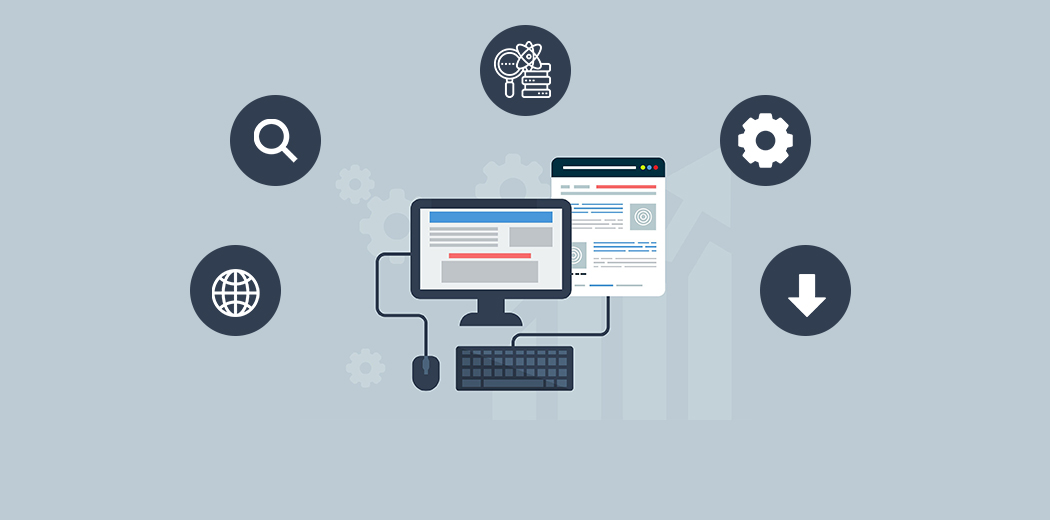How to Scrape an Entire Website Using Python
In today’s digital age, data reigns supreme. With vast amounts of information available online, the ability to collect specific datasets from websites becomes crucial for businesses, researchers, and data enthusiasts. Web scraping emerges as a formidable tool in this context. Let’s understand how one can leverage the power of Python to scrape an entire website.
What is Web Scraping?
Web scraping is the process of extracting information from websites. Essentially, it’s like automating the manual data extraction process, saving time and increasing efficiency. Python, a flexible and popular programming language, offers excellent tools for web scraping.
Essentials for Web Scraping in Python
1. Python Environment
Python, being an open-source programming language, is easily accessible and widely popular. You’ll need a standard Python environment to start. There are numerous online platforms and downloadable versions to choose from.
2. Beautiful Soup
Beautiful Soup is a celebrated Python library for extracting information from web pages. It assists in parsing the website’s HTML or XML content, making it easier to navigate and search through the website’s structure.
3. Requests Library
To initiate the scraping process, one needs to send a request to the website, asking for its content. The Requests library in Python allows for this action, helping users get the website’s raw content.
Steps to Scrape a Website
1. Fetching the Website’s Content
The primary step in web scraping is to obtain the website’s content. By using the Requests library, one can send a request to the website, which then sends back its content, usually in HTML format. This raw content is what you’ll be working with.
2. Parsing the Content
Once the raw website content is at hand, parsing becomes crucial. Parsing refers to the breaking down of complex information into more accessible bits. The Beautiful Soup library helps transform the raw website content into a structure that’s easier to navigate and understand.
3. Extracting Relevant Data
Now comes the crux of the process: extracting the information you need. With the parsed content, you can search for specific data points, like headings, links, or text blocks. The flexibility of Beautiful Soup ensures that you can tailor the extraction process as per your requirements.
4. Navigating Through Multiple Pages
Most websites have more than one page. To scrape an entire website, it’s vital to understand its structure and navigate through its pages. This navigation could involve following links from a homepage or identifying patterns in URLs.
Potential Challenges and Solutions
1. Dynamic Content
Many modern websites load their content dynamically using technologies like JavaScript. In such scenarios, traditional scraping methods might not work. However, Python offers advanced libraries, like Selenium, to handle dynamic content.
2. Rate Limiting by Websites
To protect their data and ensure server health, many websites have rate limits, restricting the number of requests one can send in a given timeframe. A solution involves introducing delays in your scraping requests or using proxies.
3. Changes in Website Structure
Websites evolve. They undergo redesigns, updates, and structural changes. If a website’s structure changes, it can break your scraping routine. Hence, it’s crucial to have a monitoring mechanism in place and be adaptable.
Best Practices for Web Scraping
-
Adhere to
robots.txt: Each website has arobots.txtfile that provides guidelines on what can be accessed and scraped. Always respect these guidelines. -
Prioritize Ethics: It’s vital to ensure that you have the appropriate permissions and rights to scrape a website. Always use the data responsibly.
-
Maintain Respectful Frequency: Bombarding a website with too many requests can affect its performance. Space out your requests, avoid peak hours, and ensure you’re not being a burden on the website’s servers.
Wrapping Up
Web scraping with Python is a valuable skill in the data-driven world. By understanding the tools, steps, and best practices, anyone can tap into the vast information reservoirs available online. Remember, with great power comes great responsibility, so always prioritize ethics and respect in your web scraping endeavors.

